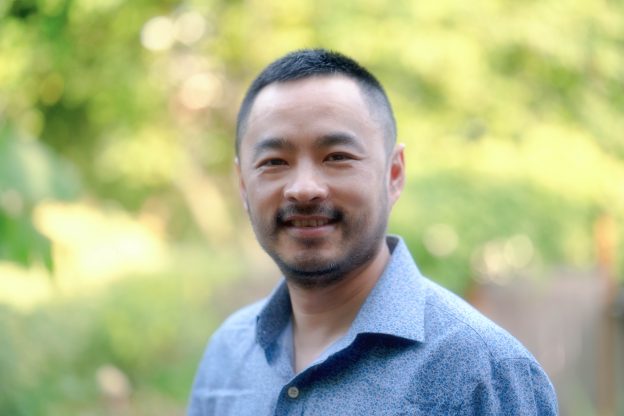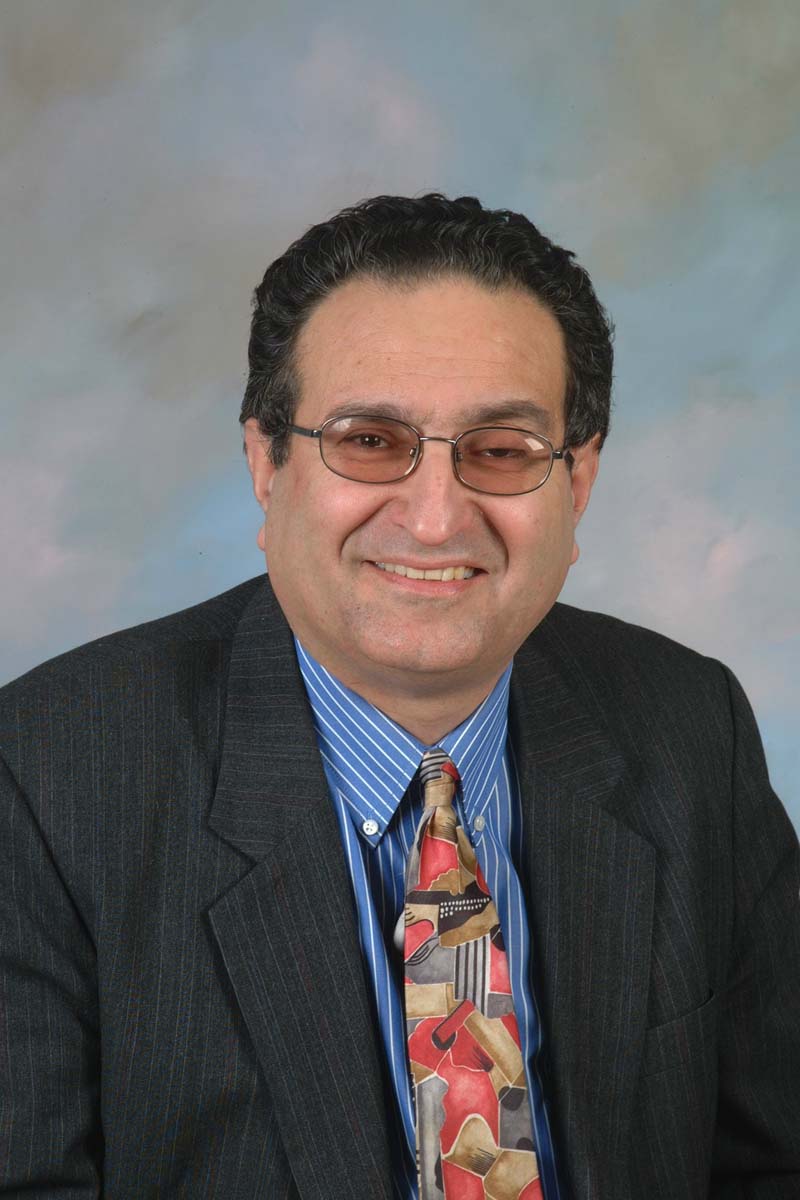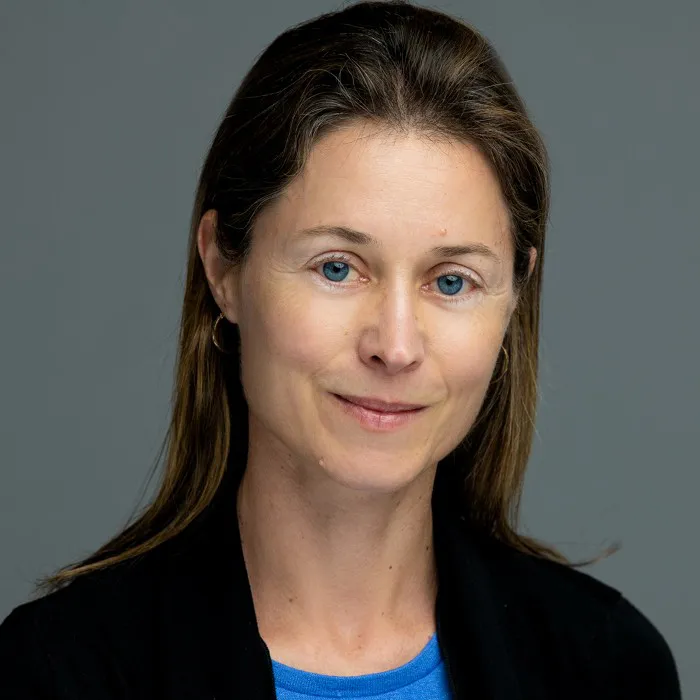2024-2025
10/02/24 Toshifumi Mori
Revisiting enzyme catalysis from static and dynamic perspectives
2. T. Mori, S. Saito, J. Phys. Chem. B 126, 5185–5193 (2022).
3. T. Mori, S. Saito, J. Chem. Theory Comput. 16, 3396–3407 (2020).
4. T. Kikutsuji et al., J. Chem. Phys. 156, 154108 (2022).
5. K. Kawashima et al., submitted (arXiv:2408.02132)
11/13/24 Xiaosong Li
Relativistic Electronic Structure: Past, Present, and Future
Manifestation of Relativistic Effects in Quantum Dynamics and Molecular Spectroscopies
11/20/24 Shaul Mukamel
Monitoring elementary molecular events and conical intersections by ultrafast X-ray pulses,
quantum light, and optical cavities
12/4/24 Martin Head-Gordon
Quantum chemistry for simulating core spectroscopy: Problems, solutions, and applications
Core spectroscopy is undergoing rapid experimental progress, associated with new light sources, and improvements in time resolution. Together with the inherent element-specificity and atomic site specificity of x-ray absorption spectroscopy (XAS), this makes UV-visible pump / XAS probe experiments a powerful tool to follow reactive chemical dynamics in real time. There is accordingly a growing need for efficient and reliable simulation methods to predict XAS spectra of molecules in their ground and excited states using quantum chemistry methods.
This talk will discuss recent progress made in my group in developing and applying low-scaling electronic structure theory approaches to simulating XAS spectra. We will consider both wavefunction and density functional theory (DFT) approaches. First we will discuss some of the challenges that are faced by standard methods. In particular, standard linear response time-dependent DFT (TDDFT) exhibits very serious problems for XAS. The origin is in the standard adiabatic approximation, which leads to lack of orbital relaxation (in common with charge-transfer excitations). I will then discuss two alternatives that show considerable promise.
First is the use of state-specific orbital-optimized DFT (OO-DFT), which corresponds to finding saddle points of a ground state functional, without making the adiabatic approximation or doing linear response at all. A series of tests and examples shows that OO-DFT resolves most of the major problems of TDDFT for modeling XAS in terms of quality of results, although it is not as convenient to use because of the need to simulate each individual state that contributes to a given spectrum. Second is the possibility of resurrecting the ease of use of TDDFT, whilst correcting the major problems associated with the adiabatic approximation. This approach, when viewed from a wavefunction perspective, can be naturally extended to treat XAS of valence excited states, which I will also describe.
To show the promise of these approaches for modeling chemistry, some results from recent collaborations with experimental groups will be shown, illustrating the promise of observing (and simulating) reactive chemistry with time-resolved XAS.
2/5/25 Fang Liu
Synergizing GPU-Accelerated Quantum Chemistry and Machine Learning for Molecular Discoveries in the Condensed Phase
Machine learning (ML) and big data play increasingly critical roles in chemical discovery. However, datasets (both computational and experimental) and ML models for condensed-phase molecular systems, such as solvated molecules and molecule assemblies, remain scarce. My research group leverages GPU-accelerated quantum chemistry and machine learning to address these gaps.
For solvated molecules, we developed GPU-accelerated algorithms for implicit solvent and high-pressure models to achieve efficient quantum mechanical descriptions. To account for strong solute-solvent interactions that implicit solvent models cannot capture, we developed AutoSolvate. This open-source toolkit streamlines the classical and QM/MM simulation workflow for explicitly solvated molecules. To further enhance accessibility, we launched AutoSolvateWeb, a chatbot-assisted, cloud-based platform that automates simulation setup and execution using cloud resources. These tools have enabled the efficient generation of diverse computational datasets for solvated molecules. Leveraging these datasets, we trained Δ-ML models to enhance the accuracy of low-cost computational methods against experimental measurements. We also developed explainable ML models to uncover design principles for catalysts.
For molecular assemblies, we addressed computational challenges in predicting excited-state properties. We developed a size-transferable machine-learned exciton model that significantly reduces computational costs without sacrificing accuracy. Trained solely on a set of dimer exciton Hamiltonians, it can predict the exciton Hamiltonians of arbitrarily sized homogeneous aggregates containing up to 50 monomers.
2/12/25 Joan-Emma Shea
Self-Assembly of the Tau Protein: Liquid-Liquid Phase Separation and Fibrillization
Tau is an intrinsically disordered protein that plays an important role in stabilizing microtubules. Under pathological conditions, this protein can also self-assemble into fibrillar structures, a process that has been associated with a class of neurodegenerative diseases known as Tauopathies. Interestingly, this protein is also capable of assembling into liquid droplets through a process of liquid-liquid phase separation (LLPS).In the first part of my talk, I will introduce the methods that we use to look at protein self-assembly into fibrillar and droplet structures. These include field-theoretic simulations, coarse-grained models, and atomistic simulations. In the second part of my talk, I will discuss the application of these methods to Tau assembly. I will present studies on fragments of Tau that have a propensity to either phase separate or form fibrils, and I will discuss the sequence characteristics linked to these two modes of assembly. Next, I will introduce a 19-residue fragment of Tau that is capable of seeding the fibrillization of full-length Tau, and I will discuss the effect of point mutations in modulating aggregation in familial forms of Tauopathies.
2/26/25 Marco Bernardi
Building the Computational Toolbox for Quantum Materials: Precise First-Principles Calculations of Electron and Spin Dynamics
3/5/25 Frank Noé
Molecular Science in the Age of AI
stabilities consistent with experiment. I will highlight opportunities for drug discovery and discuss limitations of faithful physics representation and training data availability and how they might be overcome.
4/2/25 Steffen Wolf
Coarse-graining and understanding of dynamics and non-equilibrium
phenomena in biological soft matter across time- and length scales
[1] Wolf, S., & Stock, G. J. Chem. Theory Comput., 14, 6175–6182 (2018).
[2] Wolf, S., Lickert, B., Bray, S. & Stock, G. Nat. Commun. 11, 2918 (2020).
[3] Wolf, S. J. Chem. Inf. Model. 63, 2902–2910 (2023).
[4] Cai, W. et al. Nano Lett. 23, 4111–4119 (2023).
[5] Post, M., Wolf, S. & Stock, G. J. Chem. Theory Comput. 19, 8978–8986 (2023).
[6] Wolf, S. et al. Chem. Sci. 12, 3350–3359 (2021).
[7] Sohmen, B. et al. Adv. Sci. 10, 2304262 (2023).
4/9/25 Nancy Makri
Real-Time Path Integral Methods for Quantum Dynamics

Departments of Chemistry & Physics, University of Illinois at Urbana-Champaign, Champaign county, IL
Besides generating the populations and coherences of electronic states over a range of temperatures, the path integral simulations track the evolution of electronic-vibrational densities, vibrational amplitudes and mode energies, and have identified quantum mechanical signatures of regular and chaotic motion that characterize nonlinear classical systems, as well as intriguing topological phase effects. By assigning paths to equivalence classes, the path integral methods can be implemented for a large number of system Hamiltonians without additional cost, allowing the inclusion of static disorder effects. Further, the rich information content of the time-evolving RDM can be efficiently conveyed through coherence maps, which offer a powerful visualization tool for understanding the creation and destruction of quantum superpositions and enable a state-to-state pathway analysis of dynamical processes.
Recent work has developed small matrix path integral decompositions for Hamiltonians that involve anharmonic baths, utilizing propagation matrices constructed by parsing the influence functional from the system’s environment. The anh-SMatPI algorithm allows the exploration of novel effects induced by essential bath anharmonicity, which cannot be captured by effective harmonic bath mappings. These include skewed and blue-shifted population oscillations and enhanced or suppressed coherence.









